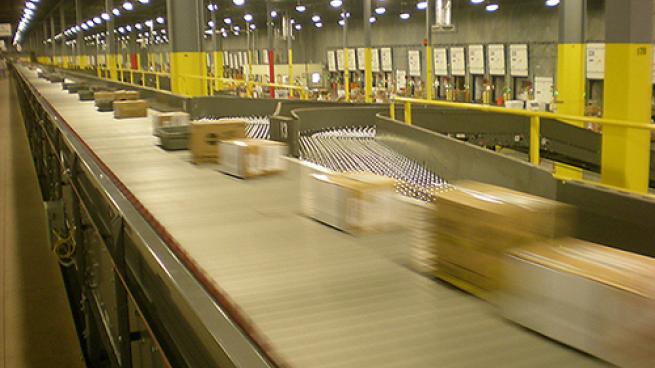
The supply chain is in for more transformation.
According to new analysis from Gartner, evolving data communications networks will help drive 25% of artificial intelligence-based supply chain decisions to “edge ecosystems” (physical locations where things, people, and data connect ‚ such as distribution centers) by 2025. Edge ecosystems transform operations by allowing decision-making close to the original source of information, noted Gartner.
Gartner also advises that enabling data processing, communications and storage at the point of data capture creates more even workflows, distributes data capacity and streamlines real-time responses to stakeholders who need to make decisions.
Advances in data communications services, such as Wi-Fi, Bluetooth and 5G, are poised to support edge ecosystems and complement traditional centralized supply chain solutions with more virtualized and remote networks processing data. Across many supply chains, Gartner says edge computing decision-making is already occurring, and the focus over the next three years will be to identify more use cases where connected automated and autonomous networks of edge decisions can be further enabled.
“Historically, digital supply chain investments prioritized large-scale, centralized applications in domains such as manufacturing and logistics,” said Andrew Stevens, senior director analyst with the Gartner Supply Chain Practice. “Increasingly, supply chains are becoming more dynamic and cover larger networks where data and decisions originate at the edge – from operators, machines, sensors or devices.”
Smart intralogistics robots will become part of most large enterprises
Gartner also predicts that 75% of large enterprises will have adopted some form of intralogistics smart robots in their warehouse operations by 2026. Smart intralogistics robots are specialized forms of hybrid cyber-physical robotic automation, primarily aimed at warehouse and distribution center environments.
According to Gartner, intralogistics robotics address the need to automate certain processes by adding intelligence, guidance, and sensory awareness, allowing them to operate independently from and/or around humans. Gartner identifies flexible robot use cases such as transporting pallets of goods, delivering goods to a person or picking individual items.
Gartner analysis indicates intralogistics robotics solutions can more readily and inexpensively be implemented, and can be easily scaled to better manage extremes in peaks and troughs of demand. Because of the adaptive nature of intralogistics smart robots, companies can pilot use cases for low, upfront investment and continue to test new and varying use cases as they become more familiar with the technologies.
“Labor availability constraints, rapidly rising labor rates and the residual impacts of COVID-19 will compel most companies to invest in cyber-physical systems, especially intralogistics smart robots,” said Dwight Klappich, VP analyst with the Gartner Supply Chain practice. “The good news is that there are already many flexible robotics use cases, and it is important to evaluate the best fits to an organization’s specific needs. Supply chain leaders should take full advantage of growing trends in robotics by creating an organization led by a chief robotics officer, or equivalent role, within their organization.”
Enterprises that adopt smart edge ecosystems and intralogistics robotics technology would fall into a supply chain category Gartner previously identified as “fit.” According to Gartner, the fittest supply chain organizations see disruptions as inflection points to improve the value that the supply chain provides to the business. For fit supply chains, Gartner says the most impactful disruptions are those that involve fundamental, structural shifts in the context in which the supply chain operates, such as new technologies and changing competitive dynamics.
